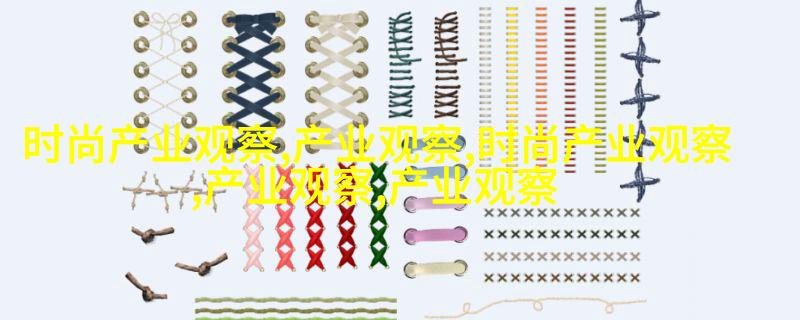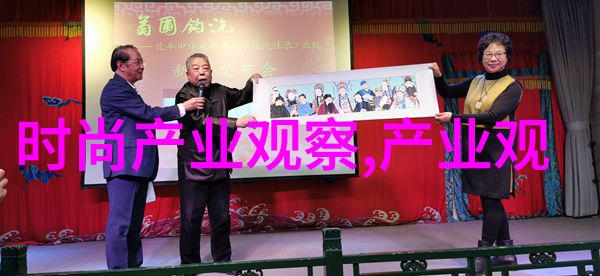您现在的位置是: 首页 - 产业观察 - Fast Fashions Sustainabilty Shift The Rise of Eco- 产业观察
Fast Fashions Sustainabilty Shift The Rise of Eco-
2024-11-19 【产业观察】 0人已围观
简介Fast Fashion's Sustainabilty Shift: The Rise of Eco-Friendly Trends Introduction Fast fashion has been a dominant force in the global clothing industry for decades, characterized by its rapid
Fast Fashion's Sustainabilty Shift: The Rise of Eco-Friendly Trends

Introduction
Fast fashion has been a dominant force in the global clothing industry for decades, characterized by its rapid production and consumption cycle. However, this trend has taken a toll on the environment and society, leading to growing concerns about sustainability. In recent years, there has been a shift towards more eco-friendly trends in fashion.

The Environmental Impact of Fast Fashion
The environmental impact of fast fashion is significant. The production process involves large amounts of energy and water, as well as the use of chemicals that can harm both human health and the environment. Furthermore, the disposal of clothing at the end of its life cycle often ends up in landfills or incinerators.

The Rise of Sustainable Materials
In response to these concerns, there has been an increasing focus on sustainable materials in fashion design. This includes organic cotton, recycled polyester made from plastic bottles or old clothes, and natural fibers like hemp or bamboo.

Innovative Technologies for Sustainability
Technological innovations are also playing a role in making fashion more sustainable. For example, some companies are using 3D printing to create garments with minimal waste while others are developing new fabrics that require less water or energy to produce.

Consumer Behavior Change
Consumer behavior change is also crucial for promoting sustainability in fashion trends. With increased awareness about environmental issues related to fast fashion consumption patterns have shifted towards buying fewer but higher-quality items that last longer and can be easily repaired or repurposed when their lifespan comes to an end.
6 Conclusion
As consumers become more aware about sustainability issues related to fast-fashion they will continue demanding eco-friendly options from brands which will lead not only changes within companies themselves but also across entire industries driving innovation forward through technological advancements research into sustainable materials consumer education campaigns social movements influencing policy-making governments encouraging corporate responsibility through tax incentives subsidies etc.
This article provides insights into how current trends reflect changing attitudes towards sustainability among consumers designers manufacturers retailers policymakers governments international organizations NGOs.
It highlights areas such as innovative technologies environmentally friendly materials ethical sourcing circular economy practices reduced waste minimized carbon footprint renewable energy sources alternative business models conscious consumerism responsible communication public engagement advocacy activism.
As we move forward it becomes increasingly important for all stakeholders involved including government institutions regulatory bodies financial institutions investors media influencers academia researchers scientists experts activists advocates customers employees suppliers partners collaborators friends family members neighbors community leaders civic-minded individuals everyone concerned with creating positive change worldwide
the future holds promise if we keep working together toward common goals fostering mutual understanding collaboration cooperation harmony unity peace love respect kindness compassion empathy wisdom knowledge creativity innovation resilience determination courage hope joy happiness contentment fulfillment growth development progress prosperity abundance success harmony balance unity diversity inclusion equality fairness justice freedom democracy humanity civilization earth planet universe cosmos eternity






